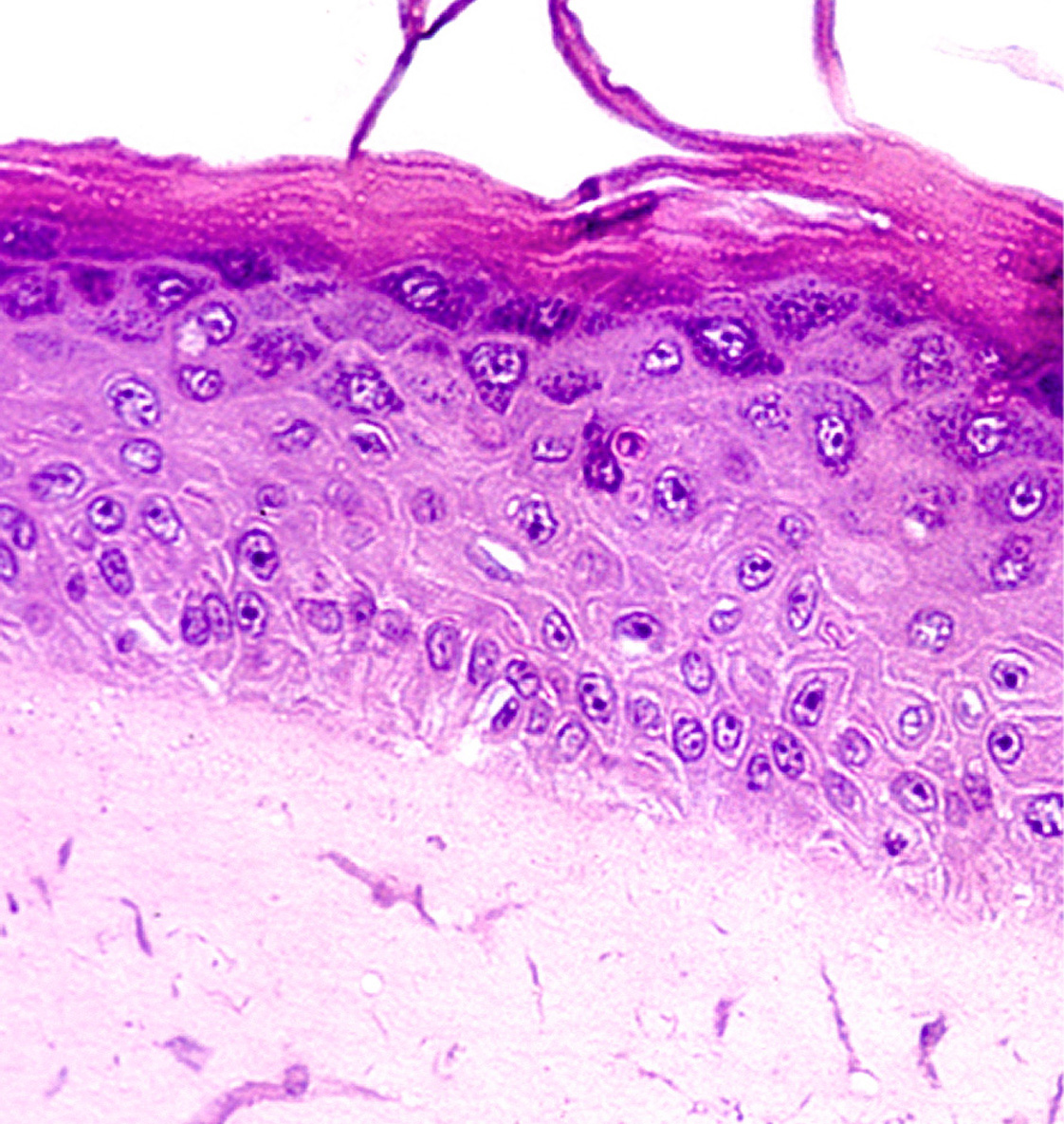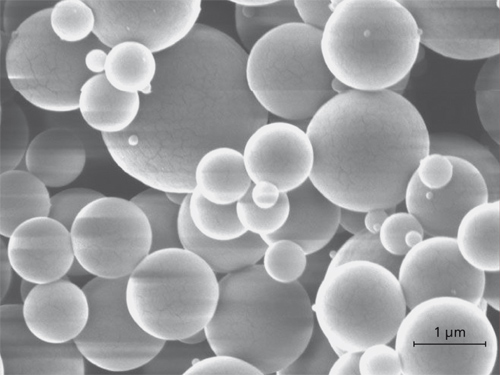The challenge of chronic wounds
Many people suffer from chronic wounds that have not healed after six to eight weeks, such as ulcers caused by bedsores, open leg or diabetic foot. In addition, numerous patients receive treatment for radiation wounds and poorly healing surgical wounds. The injuries are additionally frequently infected by germs, which in turn delays healing or even makes it impossible.
The development and evaluation of new forms of treatment for chronic skin disorders are therefore extremely important in regard to reducing costs and improving care.
 Fraunhofer Institute for Interfacial Engineering and Biotechnology IGB
Fraunhofer Institute for Interfacial Engineering and Biotechnology IGB
